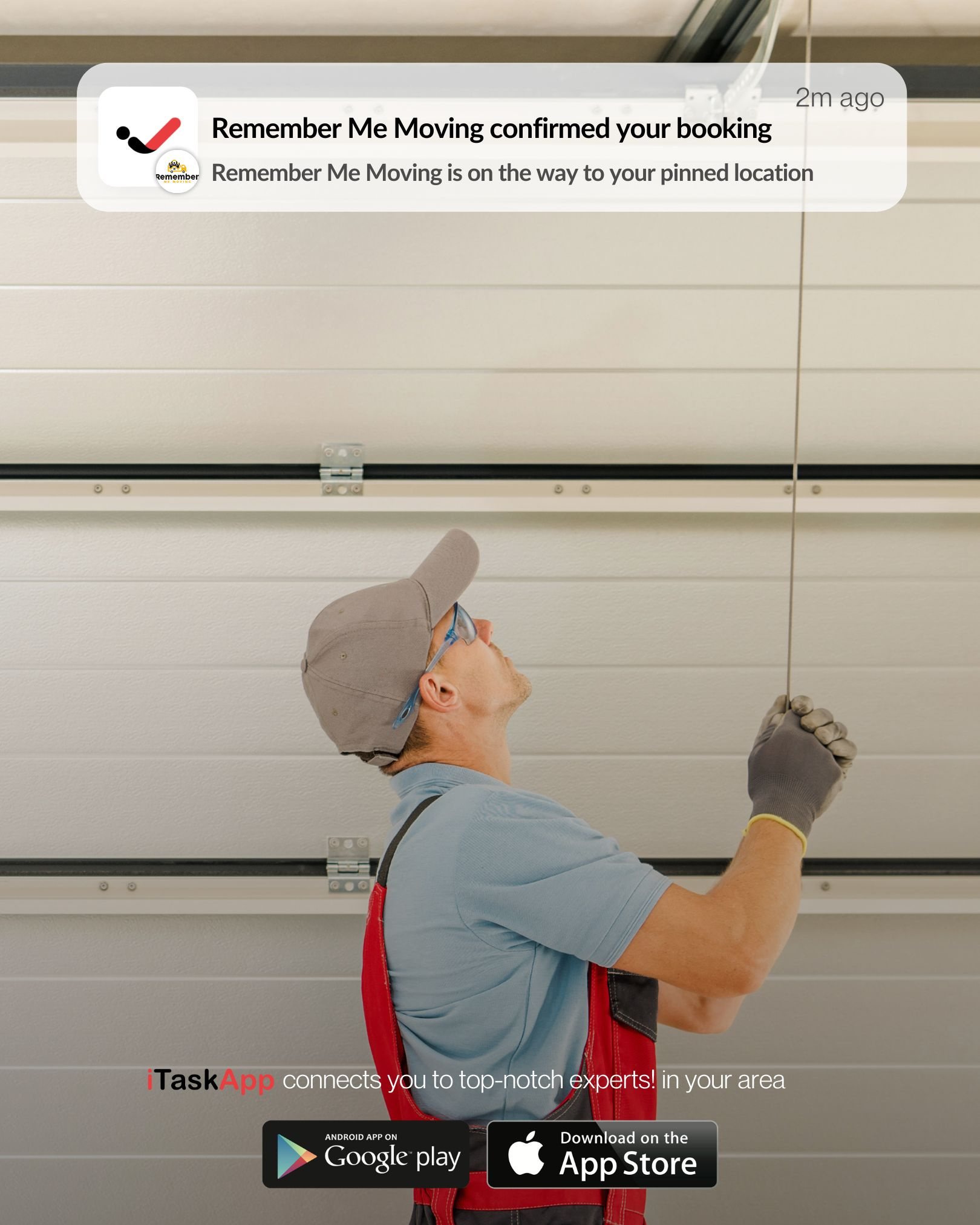Fighting Summer Humidity: The Surprising Role of Caulking & Sealing
Fighting Summer Humidity: The Surprising Role of Caulking & Sealing

When summer arrives, the warm weather often brings high humidity along with it. While we enjoy the sunshine, the extra moisture in the air can make homes feel sticky, uncomfortable, and sometimes even unhealthy. Humidity doesn’t just affect how you feel—it can also damage your home. From mold growth to rising energy bills, excess moisture can cause several problems. That’s why taking steps to reduce humidity inside and around your home is so important during the warmer months.
One of the simplest yet most effective ways to fight humidity is through proper caulking and sealing. It may not be the first thing that comes to mind, but sealing gaps and cracks in your home can help keep moisture out and cool air in. Whether it’s stopping hot, humid air from sneaking indoors or preventing water from seeping into your foundation, caulking and sealing are valuable tools in your summer home maintenance routine. With the right steps, you can enjoy better comfort, prevent mold growth, and even lower your energy bills.
Why Summer Humidity Is a Problem
Humidity is the amount of moisture in the air, and during the summer, levels often rise. When the air in your home holds too much moisture, it can feel heavy and sticky. More importantly, too much indoor humidity can lead to bigger issues, such as:
Mold and mildew on walls, ceilings, and in corners.
Warping or damage to wood floors, furniture, and window frames.
Increased allergy symptoms are caused by dust mites and mold spores.
Higher energy bills are due to your air conditioner working harder.
Keeping humidity levels under control is a key part of protecting your home and your health. And while using dehumidifiers and air conditioners helps, caulking and sealing can prevent moisture from entering in the first place.
How Gaps and Cracks Let Humidity In
Every home has small openings—around windows, doors, pipes, and vents. Over time, weather and wear can cause these areas to break down or pull apart. This allows outside air and moisture to sneak in, which can raise indoor humidity levels.
Hot, humid air finds its way inside through the tiniest gaps. When cool indoor air mixes with warm outdoor air, it can create condensation on walls and windows. That’s a perfect environment for mold growth. This is why it’s important to inspect your home regularly and seal any places where air or water might get in.
Caulking: A Simple Step That Makes a Big Impact
Caulking is a flexible material used to fill gaps and cracks, especially around joints and edges. It’s commonly used around window frames, baseboards, and where pipes enter walls. Caulking acts as a barrier, blocking hot air and moisture from entering your home.
Here’s why caulking helps with humidity control:
Keeps warm, moist air out – By sealing up cracks, you reduce the amount of humid air that gets into your home.
Reduces condensation – With less humid air inside, you lower the chances of water droplets forming on walls and windows.
Improves energy efficiency – When your home is sealed tight, your cooling system doesn’t have to work as hard, saving energy and money.
When choosing caulking, use waterproof and mold-resistant types for kitchens, bathrooms, and other humid areas. For outdoor use, pick exterior-grade caulk that can handle sun and rain.
Sealing: A Must for Doors, Windows, and More
Like caulking, sealing is about closing gaps—but it often involves weatherstripping and sealants made for doors, windows, and larger spaces. Sealing helps make your home airtight and more resistant to moisture.
You can seal:
Doors and windows should use weatherstripping or foam tape.
Attic hatches and crawl spaces where air leaks are common.
Wall and floor joints where air and water may enter.
Basement walls and foundation cracks to prevent ground moisture from rising.
Sealing keeps humid air out and your cooled air in. This helps maintain a steady indoor temperature and keeps your space more comfortable during the summer.
Areas to Check in Your Home
To get the most out of your caulking and sealing efforts, start with a full check of your home. Focus on areas where air and water usually sneak in. These include:
Window frames and sills
Door frames and thresholds
Bathroom and kitchen plumbing
Baseboards and trim
Ceiling corners and attic doors
Basement walls and vents
Outdoor hose bibs and utility openings
Use your hand to feel for drafts or hold a small candle near cracks (be safe!) to see if the flame flickers. Any sign of moving air likely means a gap that needs sealing.
Benefits Beyond Humidity Control
Fighting summer humidity is just one of the many benefits of caulking and sealing. These simple tasks also offer:
Better indoor air quality – By keeping moisture and pollutants out, you breathe cleaner air.
Lower energy costs – Sealed homes lose less cool air and save money on cooling bills.
Longer-lasting home materials – Protect wood, paint, and insulation from water damage.
Less maintenance – With fewer leaks and less moisture, your home stays in better shape over time.
Together, these improvements make your home more comfortable, efficient, and durable.
Seasonal Home Maintenance Made Easy
Adding caulking and sealing to your summer home maintenance list is a smart move. These tasks are affordable, don’t take much time, and make a big difference. You can do many of them yourself with just a few tools:
A caulking gun and waterproof caulk
Weatherstripping or foam seal tape
A utility knife or scraper to remove old materials
Cleaning supplies to prep surfaces before sealing
Take your time, and work in small sections. Make sure surfaces are dry and clean for the best results. Check your work every year or two and reapply as needed.
Weatherproofing Your Home Year-Round
While summer humidity is the focus here, caulking and sealing also help during other seasons. In the winter, they keep cold drafts out. In the rainy season, they prevent water leaks. That’s why weatherproofing your home isn’t just a summer task—it’s a smart habit to build into your yearly maintenance plan.
Sealing your home helps create a barrier between the indoors and the outdoors, protecting you and your family from heat, cold, moisture, and pollutants. It’s one of the best ways to keep your home strong and comfortable all year long.
Fighting summer humidity doesn’t have to mean relying only on machines and fans. Caulking and sealing are quiet helpers that work behind the scenes to protect your home. By sealing gaps and cracks, you control moisture, prevent mold growth, and improve energy efficiency.
These small steps add up to big results. With a little time and effort, you can enjoy a cooler, drier, and healthier home—even on the stickiest summer days.

